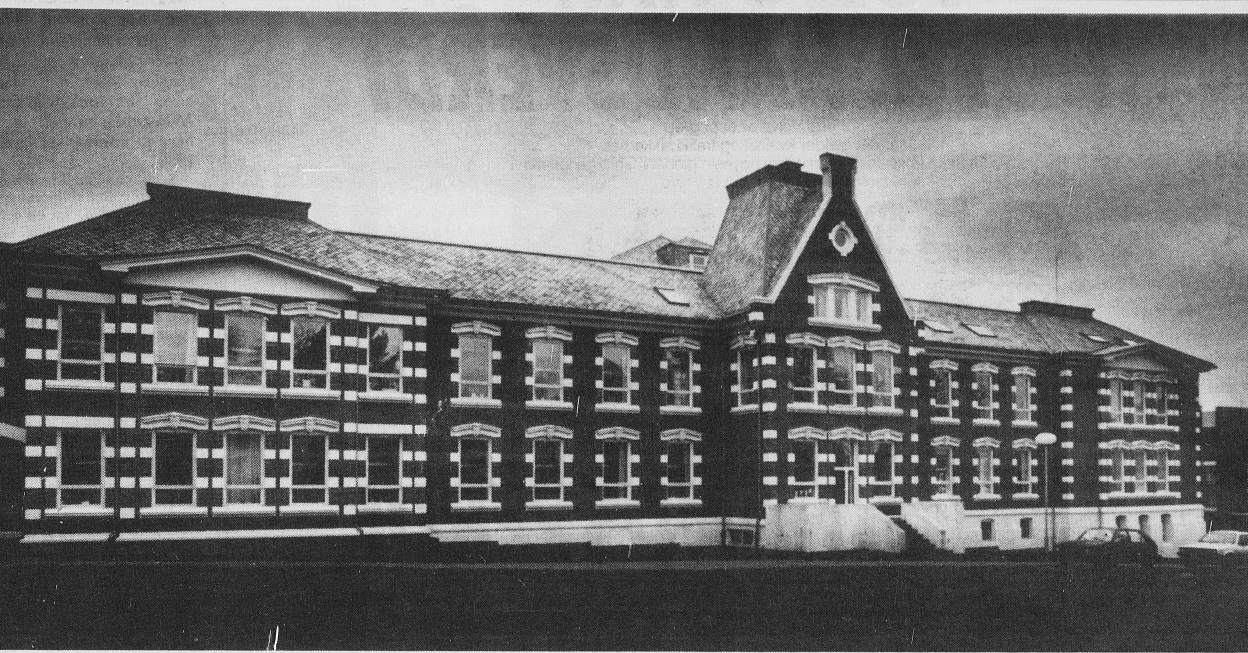Alarms at the Rogaland Central Hospital

The day shift had left, and Nils was left at work. It was his first night alone after training. The large, black telephone rang, and Nils responded, but it was clear he did not understand what was being said. So, he handed the receiver to Torbjørn. It was an English rescue helicopter that had picked up five men from the sea. They asked for permission to land at the hospital. Torbjørn asked how many injured there were out there. ‘Around 300,’ was the reply. Torbjørn realized that more people needed to be notified and advised them to contact the rescue services.
At 18:40, the Central Hospital in Rogaland received a message from the Joint Rescue Coordination Centre about a serious incident in the North Sea. Just 20 minutes later, a full catastrophe alert was triggered, and the hospital mobilized all available resources to handle the impending crisis.
The initial reports indicated there were 208 people on the platform, with 25 injured. The first group of patients was expected to arrive at the hospital at 22:00. At 21:10, nine ambulances were waiting at Sola Airport to receive and transport the injured, but it would be several hours before anyone arrived at the hospital.
“Everyone just walked around waiting, and no one knew what we were facing,’ recounts Inge Ann Hagen”[REMOVE]Fotnote: Inger Ann Hagen. The Memory Bank.
A little after midnight, the Joint Rescue Coordination Centre reported that seven people had been found dead, 128 were missing, and 81 had been rescued. Among the rescued were 13 people from the Ekofisk hotel. The others were in lifeboats and on various vessels that had picked them up from the sea.
The first helicopter with injured individuals landed at 4:10 in the morning. The first patient arrived at the hospital about fifteen minutes later.
The reception of the survivors and injured was handled by the Red Cross in the 330 Squadron’s hangar at Sola Airport. The Red Cross provided woolen blankets and other equipment, and coffee was made. Transport by ambulance to the hospital was organized for those in need.[REMOVE]Fotnote: Birger Martin Strand. Memory Bank.
Most of those sent to the hospital had minor injuries. A total of 35 patients were directly sent to hotels because they did not require further medical treatment. In interviews with survivors in the Memory Bank, several of them mentioned going straight home.
Survivor Håkon Jarl Hansen was one of those sent to the hospital but also wanted to get home as soon as possible. When he arrived at the hospital, he was taken to a room where a nurse asked him to lie down and relax, but he was unable: “They spoke calmly to me and said they would call a doctor. The doctor said it was okay to go home.”
Only eight patients needed more than two days of hospitalization. Nurse Reidun Kristoffersen remembers one of these patients vividly. He was lying well-wrapped in blankets when Reidun entered in her white hospital attire. The room was entirely white. White walls, white bed sheets, even Randi’s shoes were white. Then, the patient asked,
‘Can I ask you a question?’
‘Yes, of course,’ replied Reidun.
‘Am I in heaven now?’
Reidun could reassure him that he had survived and was currently in the hospital. He recounted that the last thing he remembered before waking up in the hospital bed was being completely exhausted and reaching his hand up.
Survivors, days spent in hospital beds
| 1 bed day | 37 |
| 2 bed days | 9 |
| More than 2 bed days | 8 |
| Total | 54 |
A total of 54 out of the 89 survivors were admitted to the Central Hospital in Rogaland. Seven of them were from the UK, one from Spain, and the rest were from Norway.
You can read the entire report from the disaster committee at the Central Hospital in Rogaland on 27.03.1980 : https://media.digitalarkivet.no/view/105530/1028
Read the entire interview with Reidun Kristoffersen, Torbjørn Erga, and several others who were involved in the rescue in the Memory Bank. Minnebank Alexander L. Kielland-ulykken | UiS Scholarly Publishing Services
arrow_backPhillips Petroleum Company logsWitnessed rescue operation from landarrow_forward